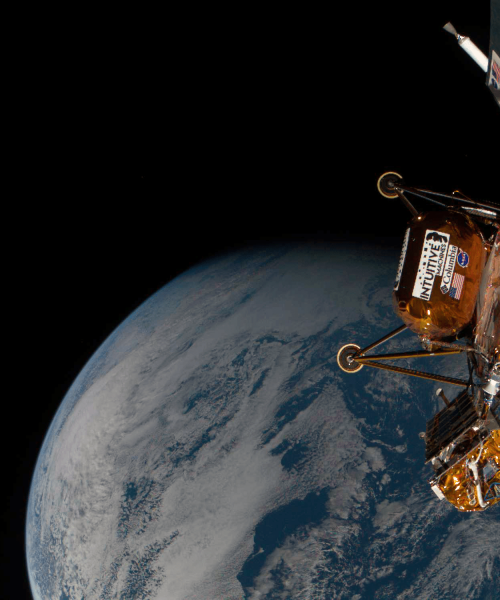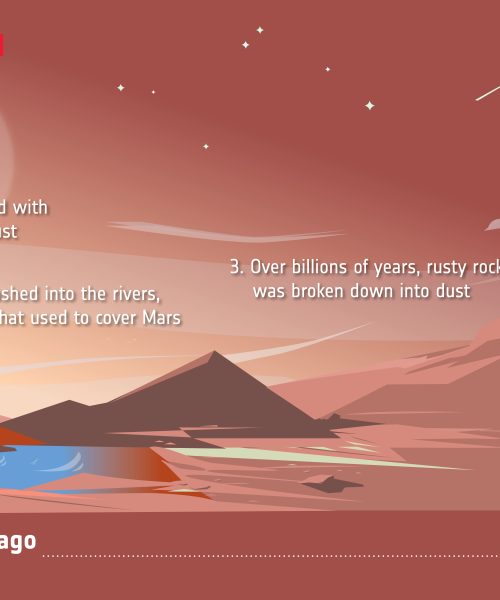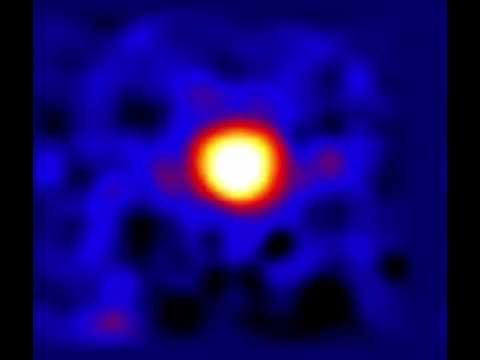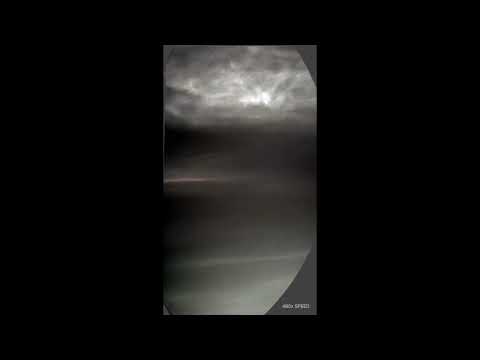
| November 1 | Mars Below Gemini |
| November 5 | Southern Taurids Meteor Shower Predicted Peak |
| November 12 | Northern Taurids Meteor Shower Predicted Peak |
| November 15 | Full Beaver Moon |
| November 17 | Leonids Meteor Shower Predicted Peak |
The darkest nights of the year are quickly approaching the Northern Hemisphere, and with them–more chances for skygazing. The sun has also entered its solar maximum and this is the time of year to keep an eye out for the Northern Lights. Some areas could see more auroras like we did in October. You can check out NOAA’s aurora dashboard for more up to date space weather forecasts. There is a chance to see three meteor showers this month alone and our closest planetary neighbor Venus will be particularly radiant this month. Here’s what to look out for this November.
November 1– Mars Below Gemini
To kick off the month, the Red Planet will be at a very bright magnitude. It rises at midnight on November 1 and will be positioned just below the Gemini twins–Castor and Pollux. Jupiter will also be next to Gemini around this time. To catch it, look towards the southern sky.
November 5– Southern Taurids Meteor Shower Predicted Peak
The first meteor shower of the month is predicted to peak around November 5th. Both of the Taurids meteor showers don’t have very definite peaks. Instead, these meteors ramble along in space and are especially noticeable from late October into early November, when both the Southern and Northern Taurids overlap.
[Related: When a meteor smashes into your driveway.]
According to EarthSky, it will be best to view this meteor shower around midnight on the days around November 5 when the moon won’t interfere as much. Under dark skies with no moon, both South Taurids produce about five meteors per hour and 10 total when the North and South Taurids overlap. Fireballs are also possible, like the ones that appeared in 2015 and 2022. Taurid meteors are slower than those from other meteor showers, but can be very bright.
The Taurids are visible almost everywhere on Earth, except for the South Pole.
November 12– Northern Taurids Meteor Shower Predicted Peak
This year, the full moon will likely block out the best meteors from the Northern Taurids. It is predicted to peak on November 12, when the moon will be about 82 percent illuminated. Ideal viewing time will be around midnight.
The Taurid meteor shower appears to be coming from the direction of the Taurus constellation for both the Northern and Southern Taurids.
November 15– Full Beaver Moon
November’s full moon will reach peak illumination on November 17 at 4:29 p.m. EST. This is also the final supermoon of 2024. According to the Farmer’s Almanac, November’s full moon is called the Beaver Moon in reference to the time of year when beavers begin to shelter in their lodges, after storing up food for the winter. This was also when beavers pelts are at their thickest.
Some other names for November’s full moon include the Freezing Over Moon or Gashkadino-Giizis in Anishinaabemowin (Ojibwe), the First Snow Moon or Sãapeewe Osãane Neepãʔuk in the Mahican Dialect of the Stockbridge-Munsee Band of Wisconsin, and the Little Winter Moon or Tahch’asap’aratohku in Tunica.
[Related: Meteorites older than the solar system contain key ingredients for life.]
November 17– Leonids Meteor Shower Predicted Peak
Unfortunately, the full moon will also wash out some of the meteors for this final meteor shower of the month. This does not mean all is lost of the Leonids. EarthSky recommends watching from a spot that will still give you a wide expanse of sky, but blocks out the moonlight. These include a plateau area with some mountains or hills that can block the moon. Fireballs like the ones in the Taurids meteor showers are also possible for the Leonids and might not be washed out by the moonlight.
The Leonid meteor shower is famous for producing one of the greatest meteor storms in living history. On November 17, 1966, there were thousands of meteors per minute during a 15-minute span. Leonid meteor storms sometimes happen in cycles of 33 to 34 years, but this cycle did not occur during the 1990s as anticipated. The Leonids will also be visible in both hemispheres.
The same skygazing rules that apply to pretty much all space-watching activities are key this month: Go to a dark spot away from the lights of a city or town and let the eyes adjust to the darkness for about a half an hour.





